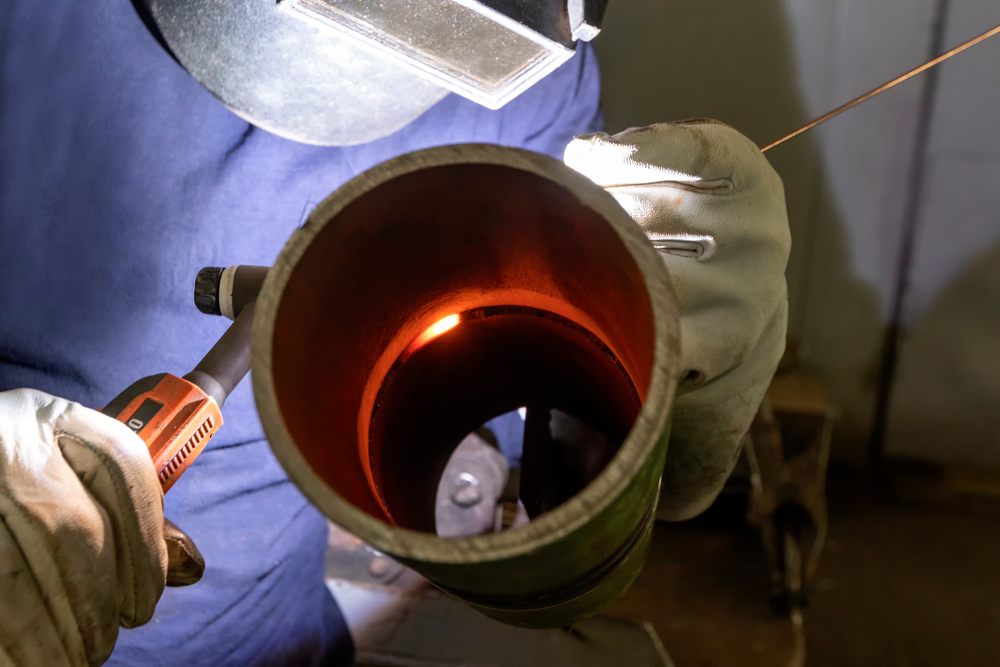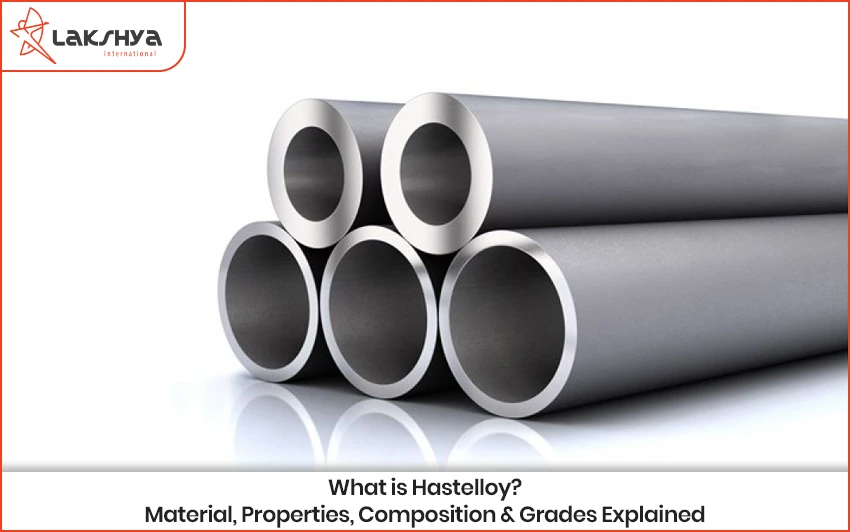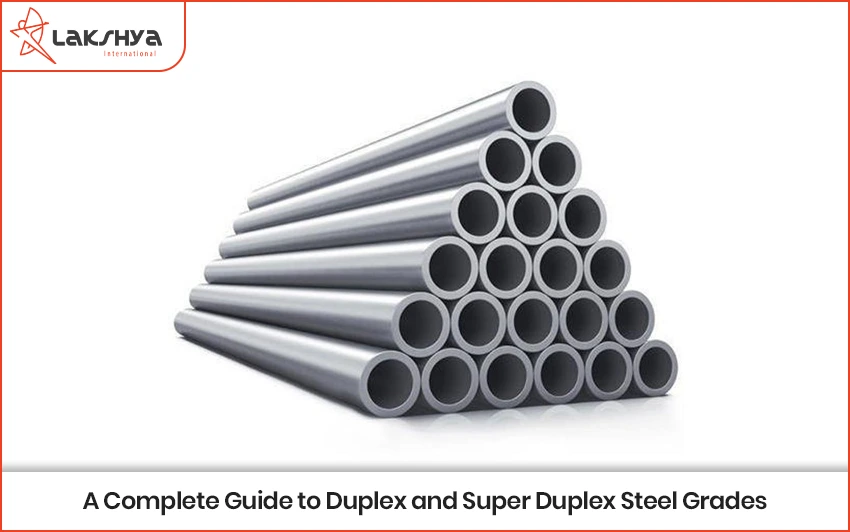Introduction
- Destructive test
- Non-destructive test
- Hydro testing
- Positive material identification test
A quality test is required for steel pipes in order to establish how well they will operate under high-stress conditions. Steel pipes are frequently utilized in applications involving high-temperature and high-pressure fluid transmission. Steel pipes that serve as structural elements for a construction project or building are commonly used nowadays.
With this in mind, steel pipe manufacturers must guarantee that the pipes fulfill the necessary specifications and are acceptable for the intended application. Destructive, non-destructive, hydro testing and positive material identification tests are examples of testing techniques. All of these approaches, whether physical, chemical, or metallurgical examination, are utilized to identify specific elements or sections of the pipe where quality should be ensured.
Destructive Test
Destructive testing entails intentionally breaking or harming a material in order to identify its failure threshold. When it comes to testing the material’s yield strength or tensile strength, the manufacturer may establish certain rules. Aside from that, they may test the steel pipes according to the customer’s or client’s specifications.
Corrosion, fatigue, fracture, and a variety of other destructive tests are available. During corrosion testing, steel pipes are exposed to a variety of water-based solutions, including marine and freshwater. Manufacturers can track how quickly a product corrodes or what conditions cause corroded portions to occur.
On the other hand, welded pipes, also known as non-seamless pipes, are frequently subjected to fatigue testing. Steel pipes will be submerged in air or seawater to test how well welded joints hold up under fluctuating or constant fatigue conditions.
Finally, there are numerous ways for fracture testing that entail applying force to the material. When pipes are subjected to tension, bend, or drop-weight tests, they may become permanently deformed.
Non Destructive Test
In contrast to destructive testing, non-destructive testing examines steel pipes without causing permanent damage to the product. This technique will be used by the manufacturer to evaluate the pipes’ unique qualities and identify any structural issues that could affect their quality upon application.
Non-destructive testing, like destructive testing, can include a number of different subcategories. Some just look at the welded parts of seamed pipes, while others look at the whole thing.
Non-destructive testing has a number of benefits. One advantage is that the specimens/samples can still be used or even distributed for supply, rather than abandoning the steel pipes. Another advantage is that production organizations can undertake a wide range of tests with the same material in a single cycle because all of the parts will remain undamaged.
Hydrotesting
In petrochemical plants, boilers, pressure vessels, plumbing, and a number of other pipe systems, hydro testing, also known as “hydrostatic testing,” is performed on pipes to determine how well they function under high-pressure circumstances.
Hydrostatic testing reveals the maximum pressure that pipes can withstand before causing serious damage such as fractures and leaks. Although there are numerous ways for hydro-testing, they all entail filling the pipes with water and sucking the air out of the products. The pipes will then be pressured to nearly twice the material’s specified pressure limit.
Manufacturers can undertake hydrostatic testing on pipes before they are utilized to see if they have any faults. They can use this information to improve the dimensional quality of the pipes.
Positive Material Identification Test
Steel pipes are visually examined for quality control during positive material identification testing, which is a type of non-destructive testing. An X-ray Fluorescence (XRF) machine is used to examine steel pipes. Although at a lower level, the apparatus “reads” the signatures on the steel pipes. These qualities may vary across the steel pipe and are completely different from one another. The producers can then use the information extracted from these signatures to help them better understand the pipes.
Positive material identification testing, like another non-destructive testing, may be conducted swiftly and without harming the steel pipes. This can help manufacturers figure out if the material’s composition is ideal — in other words if there are any incorrect alloy combinations. PMI testing, like other non-destructive procedures, can be used to test the complete product.
Read More :
Types and Properties of Stainless Steel Rebars : The need for maintenance during the project’s life cycle is considerably decreased when a structure is designed with structural steel reinforcement.
WEAR RESISTANT HIGH STRENGTH STEEL WITH HARDOX :
There are numerous types of steel in the globe, and the strength is governed by the chemical composition. Hardox is one of them. Hardox is available in a variety of grades, for example, Hardox 400,450,500,600 in sheets and plates.




